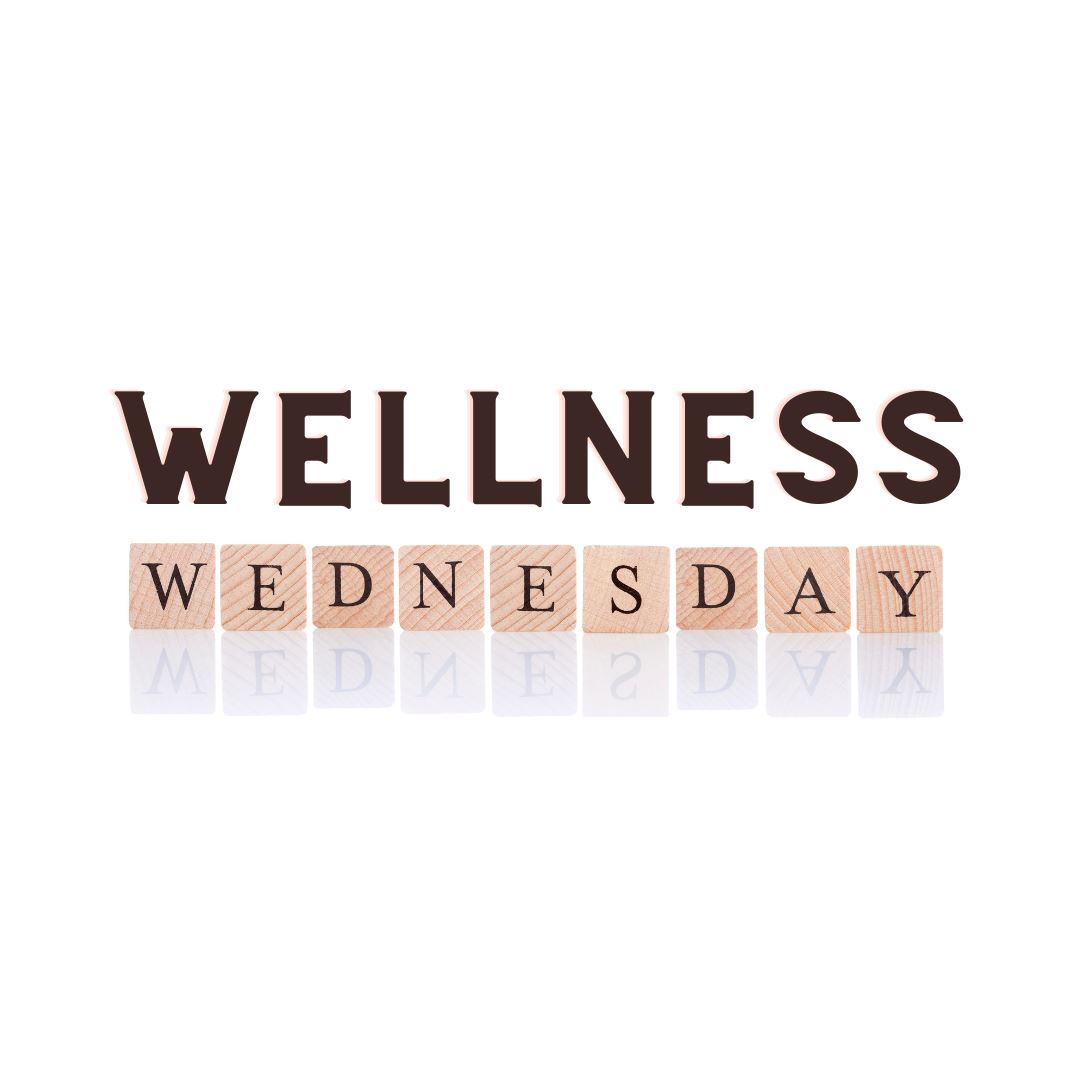by Christina Wilson
Did you know that when it comes to eating, how is nearly as important as what?
Mindful eating means paying attention to the way food makes you feel physically and emotionally and any thoughts that arise. It’s all about being aware in the present moment as you’re eating, without distractions.
Mindful eating is the act of eating while being in a state of non-judgmental awareness, shifting one’s attention to the food and mind-body connection. Thus, allowing exploration of the complex cognitive-biological experience of eating. This healing eating mode favorably affects problematic eating habits (e.g., desensitized hunger and satisfaction cues.) The intention is to help individuals savor the moment and the food and encourage their full presence for the eating experience. Eating mindfully can help allow us to connect with our bodies and enjoy food in an appropriate way and get clear about food choices and prevent “auto-pilot” snacking.
There is a deep mind-gut connection, and digestion involves a complex series of hormones communicating to the brain. In fact, during eating, it takes about 20 minutes for our brain to register satiety and fullness. Mindful eating allows us to slow down our eating to appreciate hunger and satiety signals, as well as build a focused eating environment, limiting external distractions or non-hunger based eating (such as eating in response to an emotional cue).
Practicing mindful eating can help improve digestion, increase satisfaction, promote thoughtful meals and portion, and support better meal balance. Here are some tips to get started:
- Take a minute to reflect before eating. Before eating, take a minute or two to reflect on your hunger. Are you eating out of true physical hunger? Are there any emotional cues triggering you to eat? Just this small habit of checking in with yourself can make a big impact. If you’re truly hungry, eat. If there’s another motivation, explore alternative methods for feeding that need.
- Be intentional. Consider your needs, desires, and resources. Make choices and follow through with your food intentions.
- Eat without distractions. When we are distracted, it becomes harder to listen to our body’s signals about food and other needs. While it might not be possible at all meals, try to eat at the table and avoid working, texting, or watching tv as much as possible. It’s also helpful to share mealtime with others, focusing more on the conversation and shared experience.
- Take a mindful bite. Tune in to your 5 senses as you take a bite so you can truly experience your food.
- Slow down. If you’re a fast eater, it can be easy to miss satiety signals. Try using a timer to make your meal last 20 minutes or more. If this is difficult, try user a small utensil to help you take smaller bites and chewing each bite thoroughly. Set your utensil down in between each bite and focus on breathing. If this is difficult, you can try eating with your non-dominant hand to help slow down the meal.
- Appreciate your food. A big part of any mindfulness practice is expressing gratitude, and food is no different. During eating, pause to consider all the people involved in the making of the meal and all the work it took to get these foods onto your plate.
Takeaway: There is a lot of noise trends out there about trends and diets. The more important life lesson is what can help you create a healthier relationship with the food you eat.
Some more resources:
https://www.health.harvard.edu/staying-healthy/8-steps-to-mindful-eating
https://www.mindful.org/6-ways-practice-mindful-eating/ (Informal mindfulness practices for those of us who don’t have five minutes to contemplate a raisin).
https://www.headspace.com/mindfulness/mindful-eating
Related Posts

Uncorking the wine bottle or having a few beers is the way that many people “unwind”. While this seems like a great w...
Read More
If this last two years have taught us anything it is that COVID affects each of us differently and our immune systems...
Read More
Whether we are ready for the holidays or not, they are here!! That means a time for family gatherings, great food, fr...
Read More
I recently did a juice cleanse in which you drink one gallon of juice per day for a two day period. The two gallons o...
Read More
Fitness challenges are a great way to stay in shape during the Summer. Here are some great fitness challenges to look...
Read More
Tips for living a healthier life start with taking action. As life returns back to normal, it's hard staying on track...
Read More
Does sauna therapy actually work? The answer is yes! Did you know that sauna therapy helps to liberate toxins stored ...
Read More
There are lots of beauty trends out there right now such as Coolsculpting and Cryotherapy. But, have you heard of Coo...
Read More
Another Wellness Wednesday is almost in the books. How are we doing on our 2021 goals so far? Today, we are going to ...
Read More
I made one of my New Year's Goals to drink more water. I've been drinking about 80 or more ounces of water per day. T...
Read More


Christina Wilson
Author